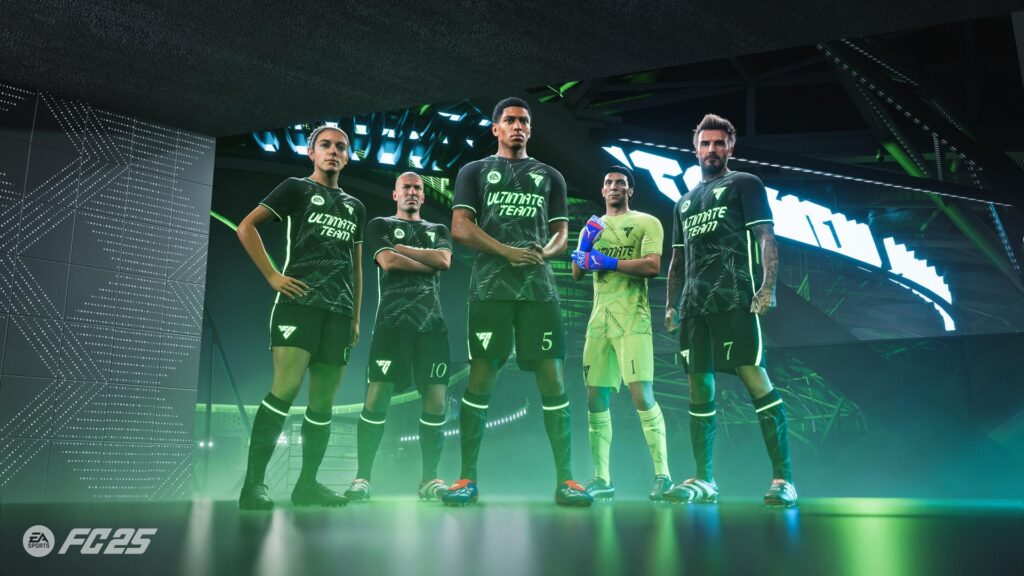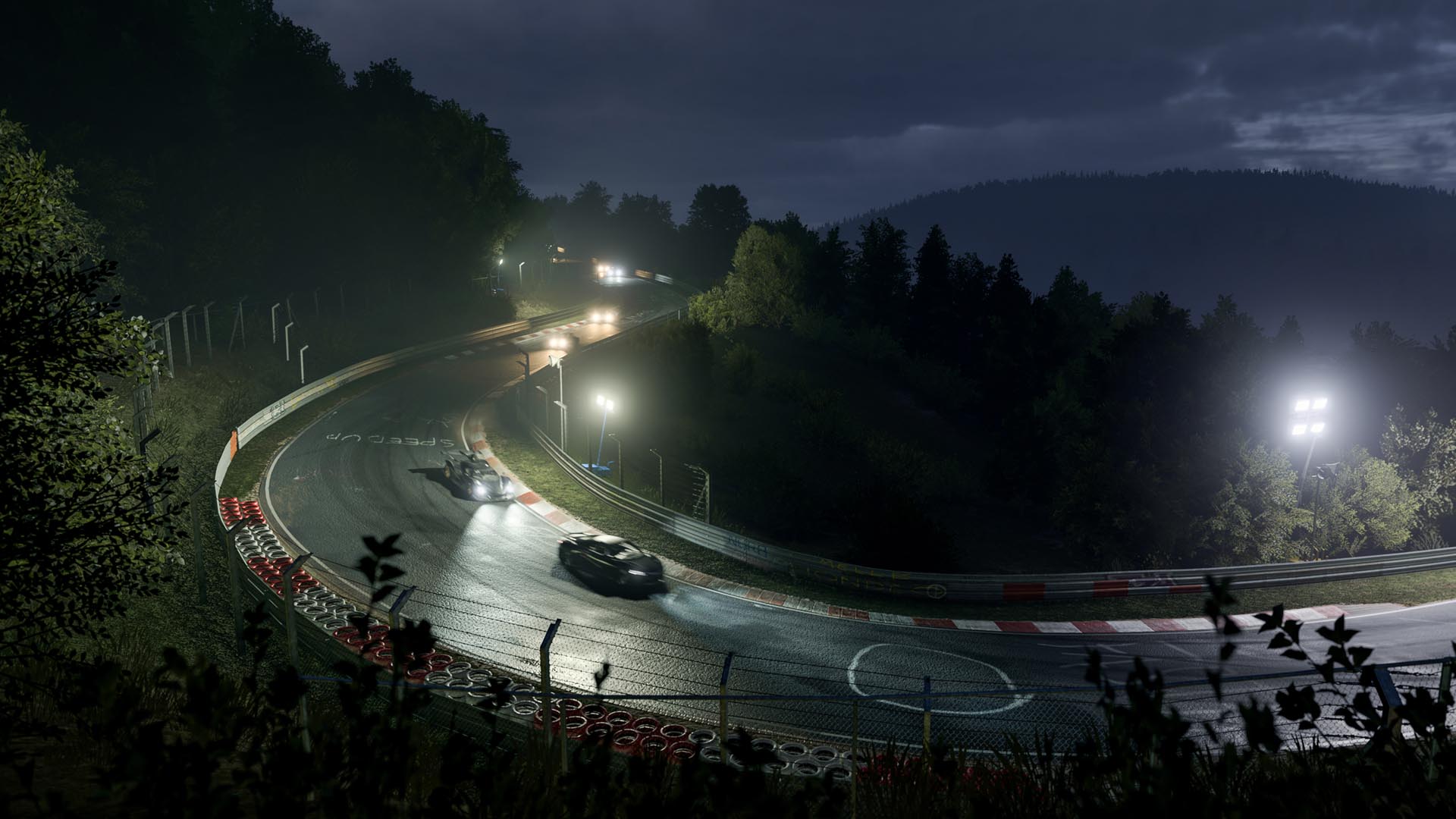EA Sports FC 25 Makes 5-a-Side Dreams Come True with Rush Mode
The post EA Sports FC 25 Makes 5-a-Side Dreams Come True with Rush Mode appeared first on Xbox Wire.
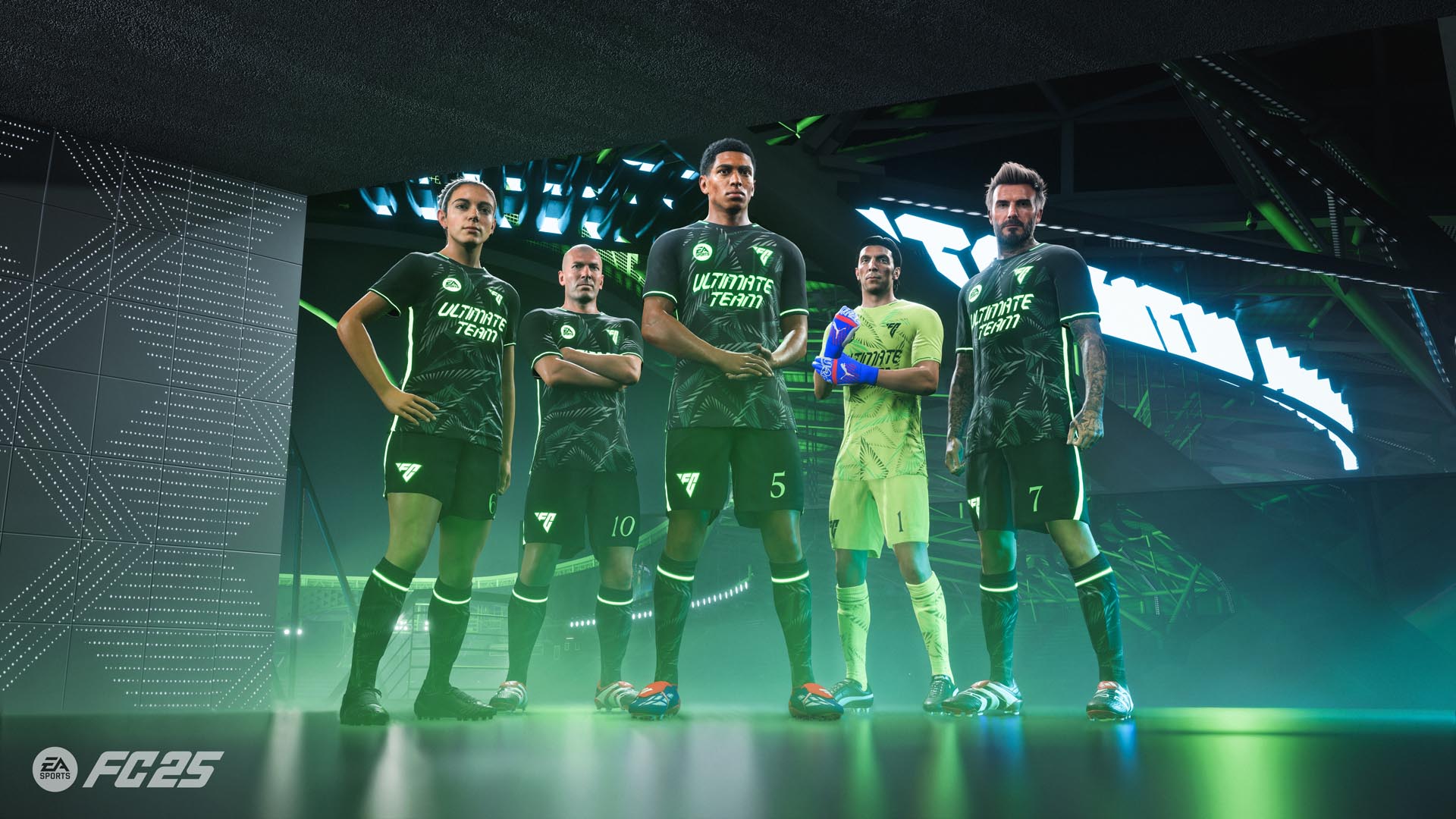
Every new installment of EA Sports FC (previously known as EA Sports FIFA) brings tweaks and adjustments to the world’s most popular football game – but FC 25 brings one of the most fundamental changes in recent memory, in the form of Rush mode. The last few years have seen Volta, a street football-like variant of the main game used as something like a palate cleanser for the more intense 11v11 core game. While Volta lives on as a 3v3 mode, Rush is a bold reinvention of the more social mode that touches almost every part of the game – we caught up with EA Sports’ Game Designers, Breno Leão and Danillo Abreu to find out why and how Rush came to be.
Rush is, in effect, a take on real-life 5-a-side football. Two teams line up, but the only stipulation is that they must have one goalkeeper – beyond that, the other four outfield players are totally positionless, meaning your team can be built however you’d like it to be – but there are no substitutes available, so you want to put some thought into the right combination. In practice, the moment-to-moment mechanics of playing Rush are otherwise identical to 11v11, something that felt important to its creators.
“We really wanted to create the best possible social experience without straying from regular gameplay,” says Breno. “So we developed something that aligns closely with our 11v11 experience, giving a consistent football feel across all modes.”
The result is a game mode that doesn’t need to be “re-learned” after playing 11v11 – your muscle memory will still serve you well. “We’re talking the same passing system, dribbling, and pace,” says Danillo. “The idea was to let players smoothly transition into the main 11v11 gameplay, offering a more consistent and engaging experience across all modes. This was important because 11v11 is a proven formula that works. We didn’t need to reinvent the wheel; instead, we built on something that’s been perfected over more than a decade, so players can enjoy a familiar and refined experience.”
Of course, the removal of traditional positions means that some changes have been made to how the AI interacts. The development team even played real-life Rush matches to learn how to make it work:
“The AI in Rush is designed to smartly assess empty spaces and spot open opportunities, adapting to the game’s flow instead of sticking to fixed positions,” explains Breno. “It’s an adaptive system that encourages player rotation, and it works in both Kick-off and Career Mode, as well as in online matches if a human player disconnects and the AI takes over. We’ve also introduced the ‘AR Coach’, a feature aimed at guiding newcomers through the Rush experience. It helps teach players how to position themselves and navigate the pitch in this ‘positionless’ context by highlighting opportunities and suggesting actions on the pitch via augmented-reality.”
As you might expect, then, Rush is more than simply a scaled-down version of the main game. There are key rule changes in play here – for instance, red cards are replaced with blue cards, which see players “sin-binned” for a minute of real time instead of sent off for the rest of the game. Kick offs are now a sprint to retrieve a loose ball, rather than one team gaining an immediate advantage. Perhaps most excitingly, penalties are also different – instead of spot kick, one of your players gets to charge at the opposition goalkeeper in a running one-on-one.
Many of these are ideas that have been suggested for how to change the real-life game, and it’s fascinating to have them included in a practical way here. The thing is, it was more a case of life imitating art:
“We actually started developing Rush before those real-life rule changes were even suggested,” says Breno. “We even joked that people might think we were inspired by that real-life orange card experiment, when in fact we had already implemented the blue card way before their idea was floated around. Each rule change had specific design reasons.
“For example, the blue card is a substitute for the red card because losing a player for the whole match would be too disruptive and harsh on the teammates. So, we introduced a temporary timeout, similar to what you see in other sports, to keep things balanced and engaging. As for penalties, we wanted to keep everyone involved in the action. Opponents have a chance to intervene, and teammates can join in the goal-scoring opportunity if they want. Our aim was to create a penalty kick approach that engages more than just the two traditionally involved parties. So yes, we’re open to exploring and playtesting any rules that enhance the experience as long as that means not straying too far from the essence of real-life football.”
Inspiration hasn’t just come from football itself, though. In multiplayer, there’s a Ping system, allowing players to signal to their teammates where they intend to move – something inspired by non-sports games. “We’re always on the lookout for inspiration beyond the sports genre,” says Danillo. “Innovation starts with research, and that’s exactly what we did. We took cues from our experiences with other EA games like Apex Legends to create a ping system that fits right into Rush. With Rush being so fast-paced, where things can change in an instant, the ping system had to be snappier and simpler than what you’ll find in other games.”
Rush isn’t just a social-focused mode, however – it’s been built into the experience across FC 25. You can play it in regular Kick-Off, of course, but it’s also available as a Clubs mode, an Ultimate Team variant and, perhaps most interestingly, it’s even built into Career mode. In Career, your youth team has typically been presented as a simple menu of prospects – but in this year’s game you can go hands-on with your potential stars of the future in Rush matches.
“Playing Rush with youth players in Career mode does more than just let you scout them before promoting them to the senior team. It’s got a real impact,” says Danillo. “Winning youth tournaments directly affects their development, so the stakes are pretty high. This makes choosing to engage and play with your youth team a much more rewarding experience. You’re not just getting a better look at potential future stars; you’re actively improving your academy players. It adds a whole new layer of excitement and strategy to managing your youth squad.”
Alongside all this deep game design thought, there’s a playfulness to Rush that shines through. It’s fast, end-to-end, and filled with opportunities to pull off risky moves that might otherwise fall apart in an 11v11 game. And with that comes the ability to answer an age-old question of football fans – who’d be in your dream 5-a-side team? Breno and Danillo definitely aren’t above having thought about it themselves:
“As two Brazilians who absolutely love football, this is our time to shine with our Brazilian fanbase! Honestly, reaching alignment on this was a breeze. We’d go with Pelé, Zico, Ronaldo, Ronaldinho, and Júlio César. With a lineup like that, who even needs a bench?”
EA Sports FC 25 launches for Xbox Series X|S and Xbox One on September 27 – but Ultimate Edition owners can play the game from today, and Xbox Game Pass Ultimate or EA Play members can access a 10-hour trial starting today.
EA SPORTS FC 25 Ultimate Edition Xbox One & Xbox Series X|S
25 Ultimate Edition Xbox One & Xbox Series X|S
Electronic Arts
 25 Ultimate Edition by 26 Sept to receive:
– Up to 7 Days Early Access, start playing on 20 Sept
– 4600 FC Points
– Football Ultimate Team
25 Ultimate Edition by 26 Sept to receive:
– Up to 7 Days Early Access, start playing on 20 Sept
– 4600 FC Points
– Football Ultimate Team Player Evolution Slot
Early Access Rush Rewards in Football Ultimate Team
Player Evolution Slot
Early Access Rush Rewards in Football Ultimate Team and Clubs:
– Doubled Bonus Points when playing Rush with Friends
– Head start on FC Hub Season 1
– Earn Special Rewards and Content
– Plus all Standard Edition pre-order content
EA SPORTS FC
and Clubs:
– Doubled Bonus Points when playing Rush with Friends
– Head start on FC Hub Season 1
– Earn Special Rewards and Content
– Plus all Standard Edition pre-order content
EA SPORTS FC 25 includes Xbox One & Xbox Series X|S games†.
EA SPORTS FC
25 includes Xbox One & Xbox Series X|S games†.
EA SPORTS FC 25 gives you more ways to win for the club.
Team up with 5v5 Rush, a new way to play with friends in Football Ultimate Team
25 gives you more ways to win for the club.
Team up with 5v5 Rush, a new way to play with friends in Football Ultimate Team , Clubs, and Kick-Off with small-sided gameplay. In Football Ultimate Team Rush, build your dream 5-a-side squad with up to three friends, each controlling your favourite Player Item.
Get your team playing like the world’s best with FC IQ. An overhaul of tactical foundations across the game delivers greater strategic control and more realistic collective movement at the team level, while a new AI model, powered by real-world data, influences player tactics through all-new Player Roles.
New additions to Manager and Player Career let you live out the biggest storylines from the real-world with Live Start Points**; rewrite the stories of past ICONs with today’s teams in Player Career; and for the first time, play an authentic Women’s Career experience, taking control of a club or player from the top five women’s leagues.
EA SPORTS FC
, Clubs, and Kick-Off with small-sided gameplay. In Football Ultimate Team Rush, build your dream 5-a-side squad with up to three friends, each controlling your favourite Player Item.
Get your team playing like the world’s best with FC IQ. An overhaul of tactical foundations across the game delivers greater strategic control and more realistic collective movement at the team level, while a new AI model, powered by real-world data, influences player tactics through all-new Player Roles.
New additions to Manager and Player Career let you live out the biggest storylines from the real-world with Live Start Points**; rewrite the stories of past ICONs with today’s teams in Player Career; and for the first time, play an authentic Women’s Career experience, taking control of a club or player from the top five women’s leagues.
EA SPORTS FC 25 has the best players from the biggest clubs and competitions around the globe, with match data from the world’s top leagues powering how 19,000+ players move, play, and win in every match.
Introducing Club Membership – the next phase of loyalty in EA SPORTS FC
25 has the best players from the biggest clubs and competitions around the globe, with match data from the world’s top leagues powering how 19,000+ players move, play, and win in every match.
Introducing Club Membership – the next phase of loyalty in EA SPORTS FC 25. Available to fans that have played EA SPORTS FC
25. Available to fans that have played EA SPORTS FC 24 before 27 September 2024 and play EA SPORTS FC
24 before 27 September 2024 and play EA SPORTS FC 25 before November 1st, 2024*.
FC 25 Club Members will receive a host of exclusive benefits across the year, including a badge and kit to represent their status and rewards across all your favourite game modes.
Once again, all Founders will be able to unlock their Founders exclusive cosmetic items.
No matter how you choose to win in EA SPORTS FC
25 before November 1st, 2024*.
FC 25 Club Members will receive a host of exclusive benefits across the year, including a badge and kit to represent their status and rewards across all your favourite game modes.
Once again, all Founders will be able to unlock their Founders exclusive cosmetic items.
No matter how you choose to win in EA SPORTS FC 25, do it for the club.
This game includes optional in-game purchases of virtual currency that can be used to acquire virtual in-game items, including a random selection of virtual in-game items.
Conditions & restrictions apply. See ea.com/legal for details.
†Conditions & restrictions apply. See https://www.ea.com/games/ea-sports-fc/fc-25/dual-entitlement for details.
*Conditions and restrictions apply. See https://www.ea.com/games/ea-sports-fc/fc-25/disclaimers for details.
**To be released with a post-launch update. For more details & availability, visit https://www.ea.com/games/ea-sports-fc/fc-25/disclaimers
FC Points purchase is not available in Belgium.
Audio commentary for languages other than English and the console-settings language requires a separate download.
© 2024 Electronic Arts Inc. Electronic Arts, EA, EA SPORTS, the EA SPORTS logo, EA SPORTS FC, the EA SPORTS FC logo, Frostbite, the Frostbite logo, Football Ultimate Team, and Ultimate Team are trademarks of Electronic Arts Inc.
25, do it for the club.
This game includes optional in-game purchases of virtual currency that can be used to acquire virtual in-game items, including a random selection of virtual in-game items.
Conditions & restrictions apply. See ea.com/legal for details.
†Conditions & restrictions apply. See https://www.ea.com/games/ea-sports-fc/fc-25/dual-entitlement for details.
*Conditions and restrictions apply. See https://www.ea.com/games/ea-sports-fc/fc-25/disclaimers for details.
**To be released with a post-launch update. For more details & availability, visit https://www.ea.com/games/ea-sports-fc/fc-25/disclaimers
FC Points purchase is not available in Belgium.
Audio commentary for languages other than English and the console-settings language requires a separate download.
© 2024 Electronic Arts Inc. Electronic Arts, EA, EA SPORTS, the EA SPORTS logo, EA SPORTS FC, the EA SPORTS FC logo, Frostbite, the Frostbite logo, Football Ultimate Team, and Ultimate Team are trademarks of Electronic Arts Inc. EA SPORTS FC 25 Standard Edition Xbox One & Xbox Series X|S
25 Standard Edition Xbox One & Xbox Series X|S
Electronic Arts
 25 Standard Edition by 26 Sept to receive:
– Cover Star Loan Player Item in Football Ultimate Team
25 Standard Edition by 26 Sept to receive:
– Cover Star Loan Player Item in Football Ultimate Team (10 matches)
– 1 Ambassador Loan Player Pick Item in Football Ultimate Team
(10 matches)
– 1 Ambassador Loan Player Pick Item in Football Ultimate Team (10 matches)
– Unlocked PlayStyles Slot in Clubs
– 250,000 Clubs Coins
– Additional Player Personality Points in Player Career
– 3 Icon Players in Player Career – Galácticos Beckham, Zidane and Ronaldo Nazário
– 5-Star Coach available for hire in Manager Career
– 5-Star Youth Scout available for hire in Manager Career
EA SPORTS FC
(10 matches)
– Unlocked PlayStyles Slot in Clubs
– 250,000 Clubs Coins
– Additional Player Personality Points in Player Career
– 3 Icon Players in Player Career – Galácticos Beckham, Zidane and Ronaldo Nazário
– 5-Star Coach available for hire in Manager Career
– 5-Star Youth Scout available for hire in Manager Career
EA SPORTS FC 25 includes Xbox One & Xbox Series X|S games†.
EA SPORTS FC
25 includes Xbox One & Xbox Series X|S games†.
EA SPORTS FC 25 gives you more ways to win for the club.
Team up with 5v5 Rush, a new way to play with friends in Football Ultimate Team
25 gives you more ways to win for the club.
Team up with 5v5 Rush, a new way to play with friends in Football Ultimate Team , Clubs, and Kick-Off with small-sided gameplay. In Football Ultimate Team Rush, build your dream 5-a-side squad with up to three friends, each controlling your favourite Player Item.
Get your team playing like the world’s best with FC IQ. An overhaul of tactical foundations across the game delivers greater strategic control and more realistic collective movement at the team level, while a new AI model, powered by real-world data, influences player tactics through all-new Player Roles.
New additions to Manager and Player Career let you live out the biggest storylines from the real-world with Live Start Points**; rewrite the stories of past ICONs with today’s teams in Player Career; and for the first time, play an authentic Women’s Career experience, taking control of a club or player from the top five women’s leagues.
EA SPORTS FC
, Clubs, and Kick-Off with small-sided gameplay. In Football Ultimate Team Rush, build your dream 5-a-side squad with up to three friends, each controlling your favourite Player Item.
Get your team playing like the world’s best with FC IQ. An overhaul of tactical foundations across the game delivers greater strategic control and more realistic collective movement at the team level, while a new AI model, powered by real-world data, influences player tactics through all-new Player Roles.
New additions to Manager and Player Career let you live out the biggest storylines from the real-world with Live Start Points**; rewrite the stories of past ICONs with today’s teams in Player Career; and for the first time, play an authentic Women’s Career experience, taking control of a club or player from the top five women’s leagues.
EA SPORTS FC 25 has the best players from the biggest clubs and competitions around the globe, with match data from the world’s top leagues powering how 19,000+ players move, play, and win in every match.
Introducing Club Membership – the next phase of loyalty in EA SPORTS FC
25 has the best players from the biggest clubs and competitions around the globe, with match data from the world’s top leagues powering how 19,000+ players move, play, and win in every match.
Introducing Club Membership – the next phase of loyalty in EA SPORTS FC 25. Available to fans that have played EA SPORTS FC
25. Available to fans that have played EA SPORTS FC 24 before 27 September 2024 and play EA SPORTS FC
24 before 27 September 2024 and play EA SPORTS FC 25 before November 1st, 2024*.
FC 25 Club Members will receive a host of exclusive benefits across the year, including a badge and kit to represent their status and rewards across all your favourite game modes.
Once again, all Founders will be able to unlock their Founders exclusive cosmetic items.
No matter how you choose to win in EA SPORTS FC
25 before November 1st, 2024*.
FC 25 Club Members will receive a host of exclusive benefits across the year, including a badge and kit to represent their status and rewards across all your favourite game modes.
Once again, all Founders will be able to unlock their Founders exclusive cosmetic items.
No matter how you choose to win in EA SPORTS FC 25, do it for the club.
This game includes optional in-game purchases of virtual currency that can be used to acquire virtual in-game items, including a random selection of virtual in-game items.
Conditions & restrictions apply. See ea.com/legal for details.
*Conditions and restrictions apply. See https://www.ea.com/games/ea-sports-fc/fc-25/disclaimers for details.
†Conditions & restrictions apply. See https://www.ea.com/games/ea-sports-fc/fc-25/dual-entitlement for details.
**To be released with a post-launch update. For more details & availability, visit https://www.ea.com/games/ea-sports-fc/fc-25/disclaimers.
FC Points purchase is not available in Belgium.
Audio commentary for languages other than English and the console-settings language requires a separate download.
© 2024 Electronic Arts Inc. Electronic Arts, EA, EA SPORTS, the EA SPORTS logo, EA SPORTS FC, the EA SPORTS FC logo, Frostbite, the Frostbite logo, Football Ultimate Team, and Ultimate Team are trademarks of Electronic Arts Inc.
25, do it for the club.
This game includes optional in-game purchases of virtual currency that can be used to acquire virtual in-game items, including a random selection of virtual in-game items.
Conditions & restrictions apply. See ea.com/legal for details.
*Conditions and restrictions apply. See https://www.ea.com/games/ea-sports-fc/fc-25/disclaimers for details.
†Conditions & restrictions apply. See https://www.ea.com/games/ea-sports-fc/fc-25/dual-entitlement for details.
**To be released with a post-launch update. For more details & availability, visit https://www.ea.com/games/ea-sports-fc/fc-25/disclaimers.
FC Points purchase is not available in Belgium.
Audio commentary for languages other than English and the console-settings language requires a separate download.
© 2024 Electronic Arts Inc. Electronic Arts, EA, EA SPORTS, the EA SPORTS logo, EA SPORTS FC, the EA SPORTS FC logo, Frostbite, the Frostbite logo, Football Ultimate Team, and Ultimate Team are trademarks of Electronic Arts Inc. The post EA Sports FC 25 Makes 5-a-Side Dreams Come True with Rush Mode appeared first on Xbox Wire.


















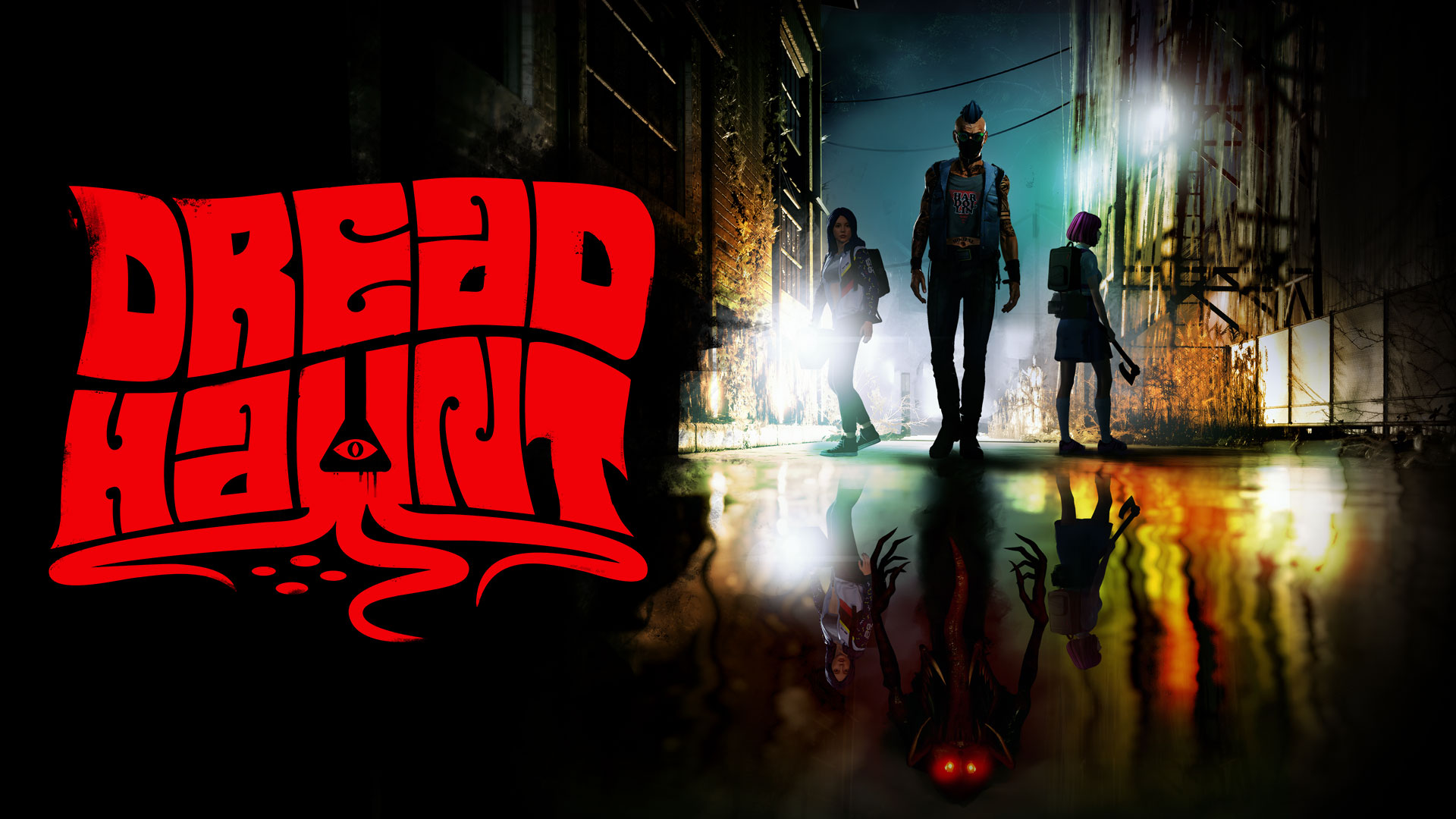







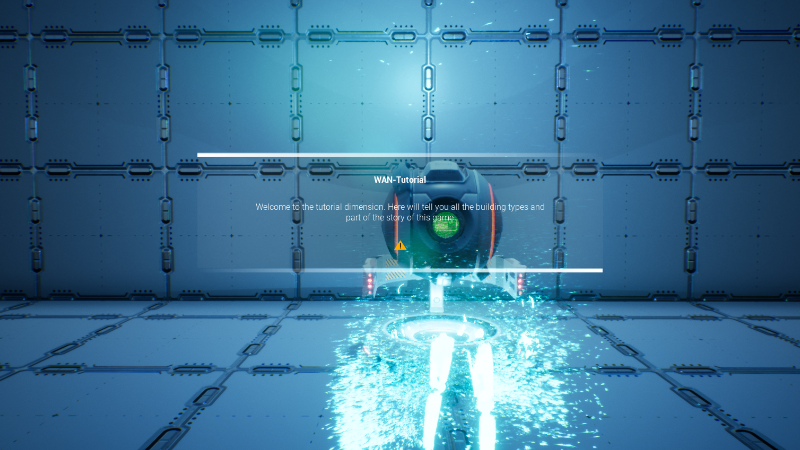







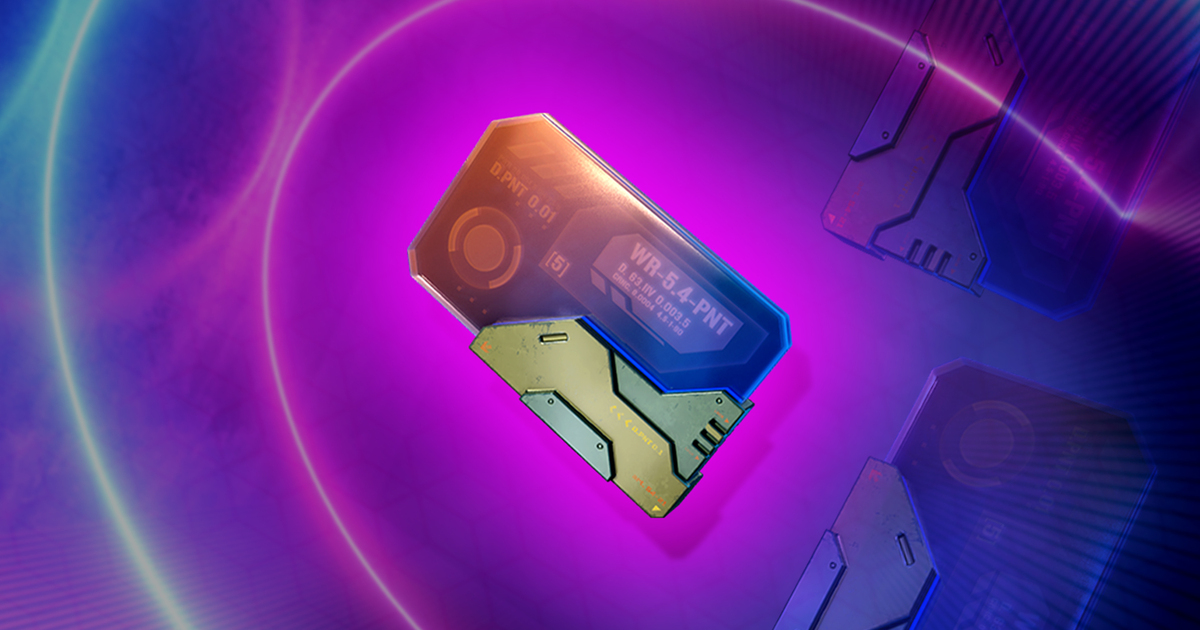
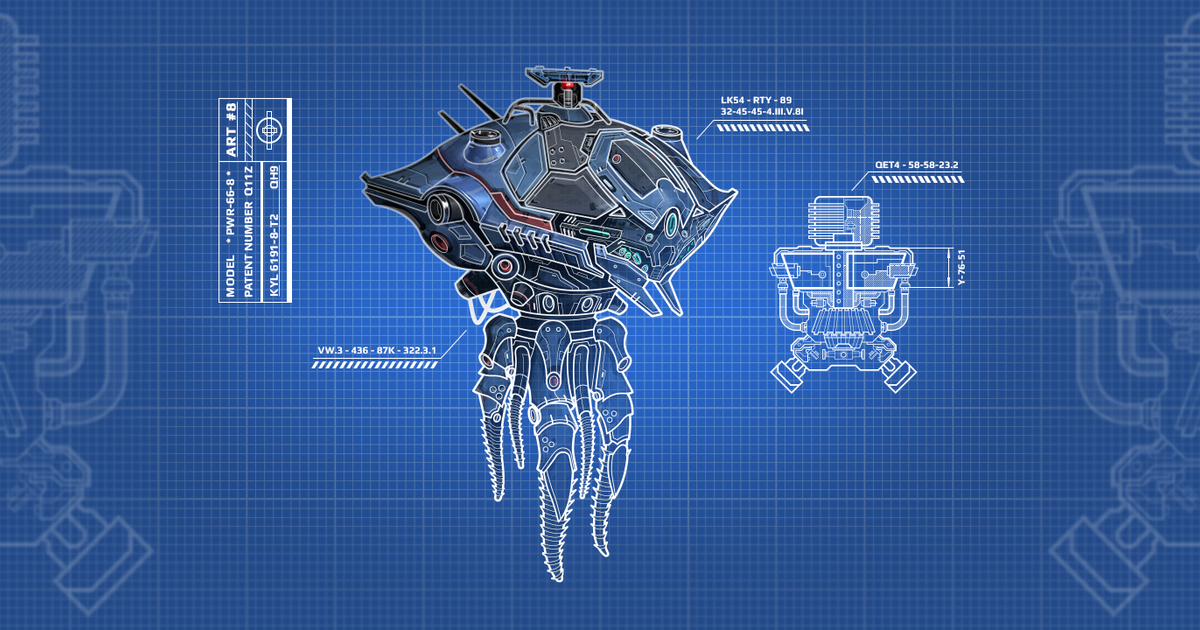
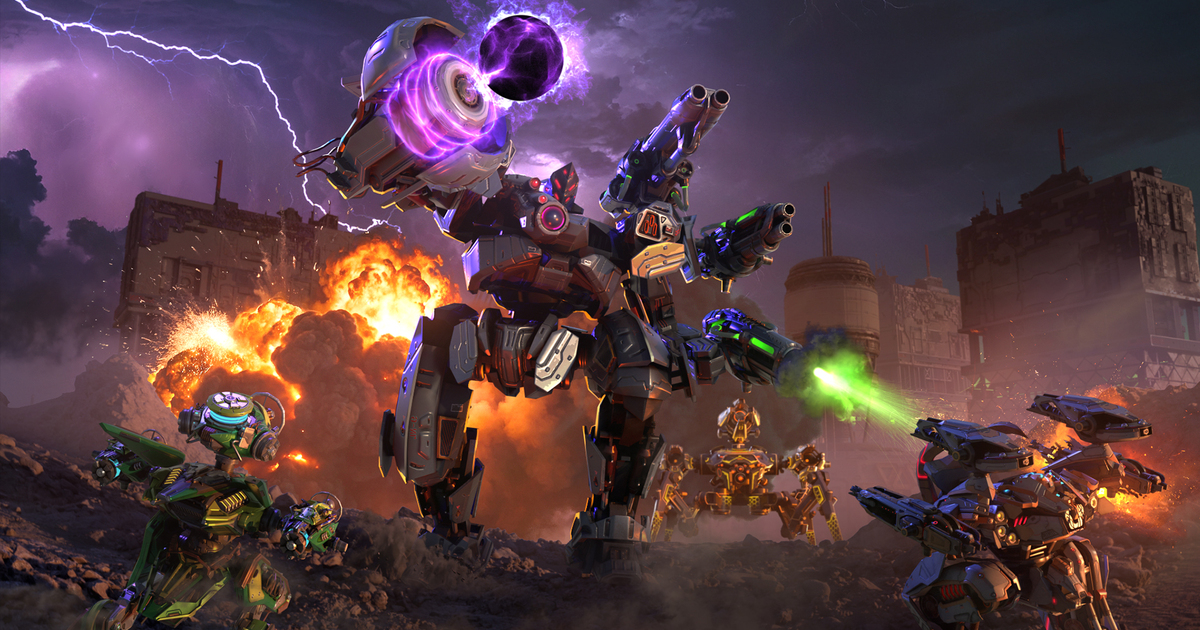









![[Business Talk] How YH Living LTD Tailored Business Solutions Powered by Smart Technology](https://i.scdn.co/image/ab6765630000ba8a5782a039d18af0d958cadc87?#)
![[Business Talk] Elon Musk](https://i.scdn.co/image/ab6765630000ba8ac91eb094519def31d2b67898?#)
![[Business Talk] BYD's Hiring Standards: A Reflection of China's Competitive Job Market](https://i.scdn.co/image/ab6765630000ba8a1a1e0af3aefae3a685793e7c?#)
![[PRO Tips] What is ESG? How is it different from CSR and SDGs? 3 keywords that companies and investors should know](https://i.scdn.co/image/ab6765630000ba8a76dbe129993a62e85226c2b4?#)

